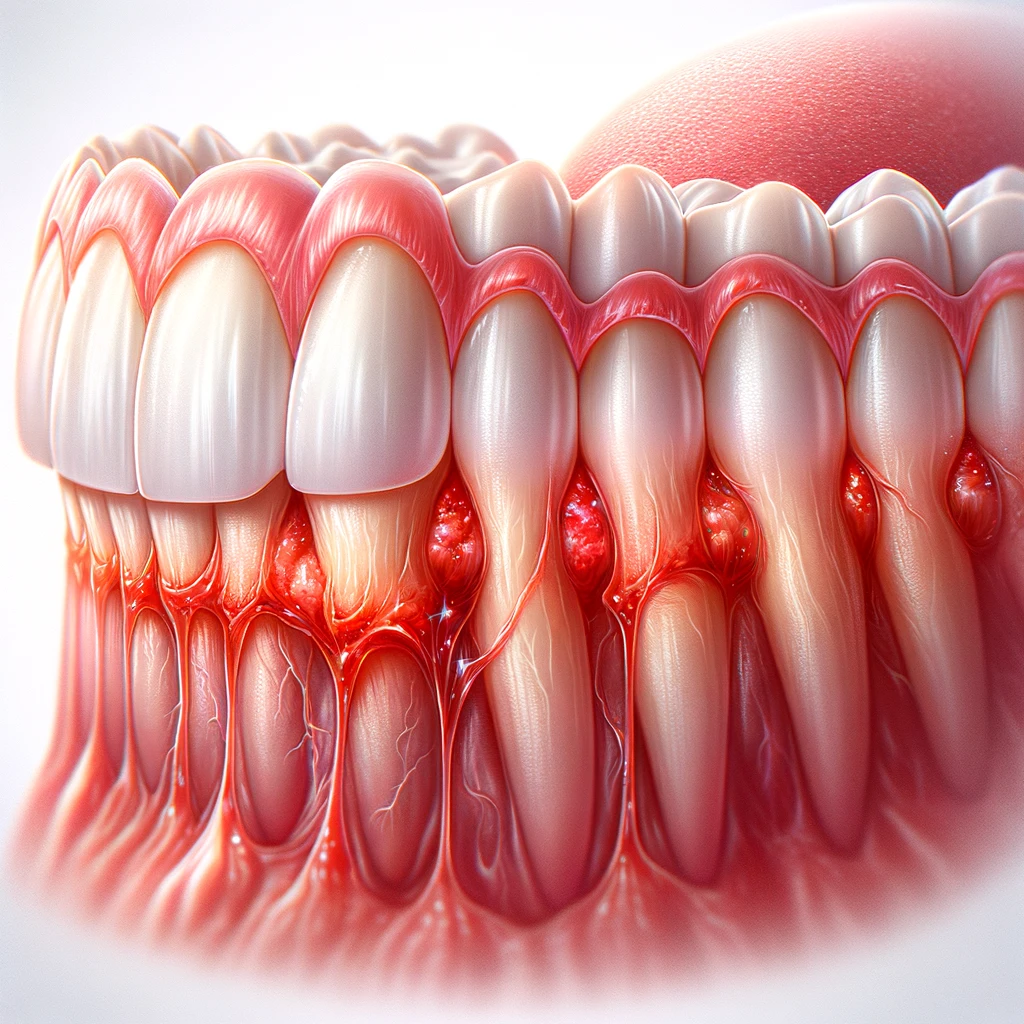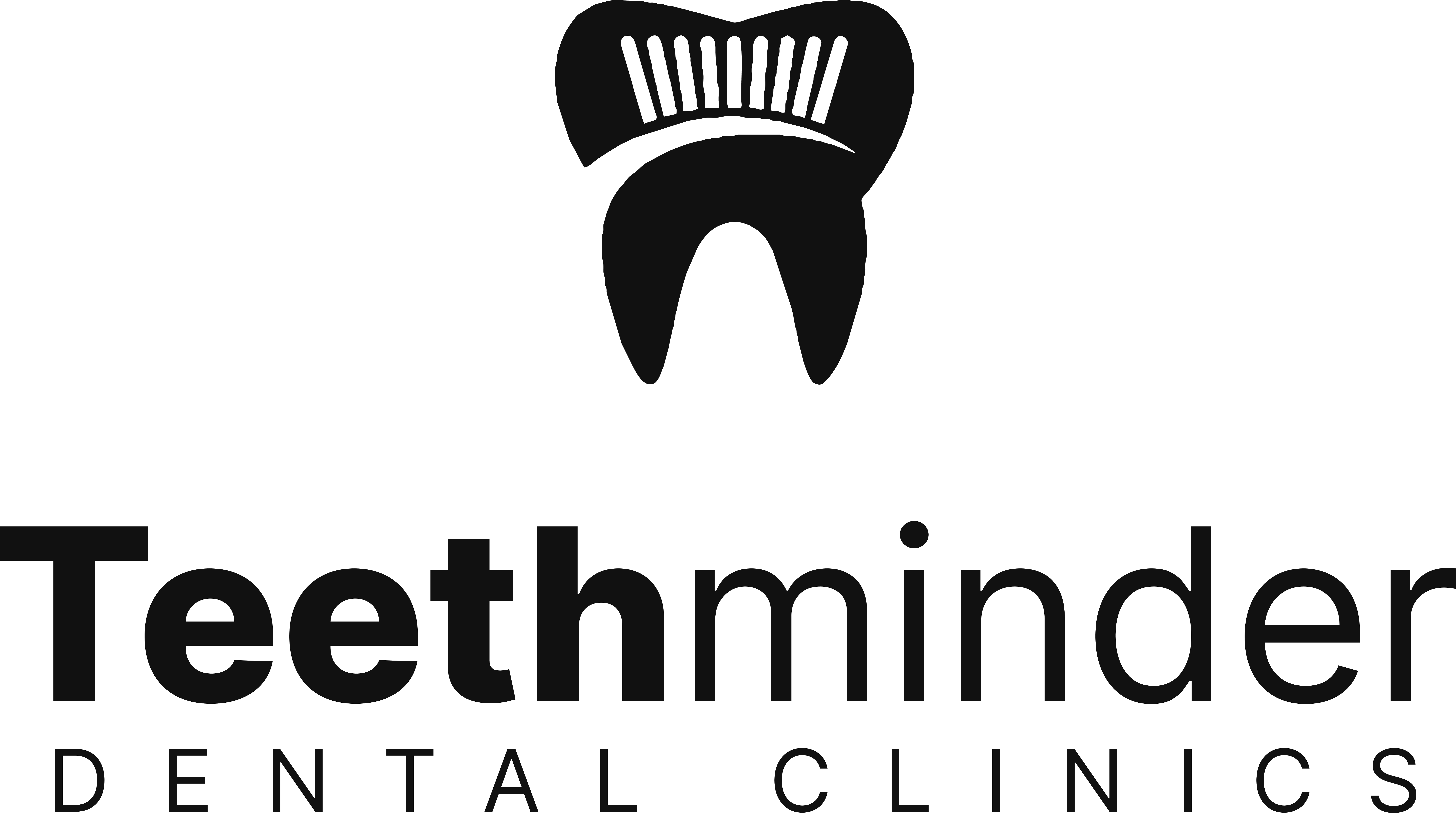
28 Aug Bleeding Gums? It Could Be Gingivitis—Here’s How to Care for Your Gums at Home
Bleeding gums can be alarming, especially when you notice it while brushing or flossing. Often, the cause is gingivitis, a mild form of gum disease that, if left untreated, can lead to more serious oral health issues. But don’t worry—gingivitis is both preventable and treatable with the right care at home. In this post, we’ll explore what gingivitis is, why it occurs, and how you can take steps to protect your gums.

What is Gingivitis?
Gingivitis is an inflammation of the gums, usually caused by plaque buildup on the teeth. Plaque is a sticky film of bacteria that forms when food particles mix with saliva. If plaque isn’t removed through regular brushing and flossing, it can harden into tartar, which irritates the gums and leads to gingivitis.
Signs and Symptoms of Gingivitis
How do you know if you have gingivitis? Here are some common signs:
- Red, swollen gums: Healthy gums should be firm and pale pink. If your gums are red and puffy, it could be a sign of gingivitis.
- Bleeding gums: If your gums bleed when you brush or floss, it’s often a symptom of gingivitis.
- Bad breath: Persistent bad breath, even after brushing, may indicate gum disease.
- Receding gums: If your gums are pulling away from your teeth, this is another sign of gingivitis.
Causes of Gingivitis
Several factors can contribute to the development of gingivitis:
- Poor oral hygiene: Not brushing and flossing regularly allows plaque to build up, leading to gingivitis.
- Smoking or chewing tobacco: Tobacco use is a major risk factor for gum disease.
- Certain medical conditions: Diabetes, HIV, and other health issues can increase the risk of gingivitis.
- Hormonal changes: Pregnancy, menstruation, and menopause can make gums more sensitive and prone to gingivitis.
How to Care for Your Gums at Home
The good news is that with proper care, gingivitis can be reversed. Here’s how to keep your gums healthy:
- 1. Brush Your Teeth Twice a Day
- Use a soft-bristled toothbrush and fluoride toothpaste to brush your teeth for at least two minutes, twice a day. Make sure to brush along the gumline to remove plaque.
- 2. Floss Daily
- Flossing helps remove plaque and food particles from between your teeth and under the gumline, areas your toothbrush can’t reach.
- 3. Use an Antiseptic Mouthwash
- Rinsing with an antiseptic mouthwash can help reduce plaque and kill bacteria that cause gingivitis.
- 4. Maintain a Healthy Diet
- Eating a balanced diet rich in vitamins and minerals supports overall gum health. Avoid sugary snacks and drinks, which can contribute to plaque buildup.
- 5. Quit Smoking
- If you smoke, quitting is one of the best things you can do for your gum health. Smoking weakens your immune system, making it harder to fight off a gum infection.
- 6. Visit Your Dentist Regularly
- Regular dental checkups and cleanings are crucial for preventing and treating gingivitis. Your dentist can remove tartar that you can’t get rid of at home.
When to See a Dentist
If your gums continue to bleed despite following these tips, or if you notice any other concerning symptoms, it’s important to see a dentist. Gingivitis can progress to periodontitis, a more severe form of gum disease that can cause tooth loss and other serious health problems.
Conclusion
Bleeding gums are often an early warning sign of gingivitis, but with proper care, you can protect your gums and maintain a healthy smile. By following these simple steps at home, you can prevent gingivitis and keep your gums in great shape. Remember, healthy gums are the foundation of a healthy mouth!
For more tips on maintaining your oral health, be sure to follow us on social media and check out our other blog posts. If you’re experiencing any dental issues, don’t hesitate to book an appointment with us at Teethminder Dental Clinics.



No Comments